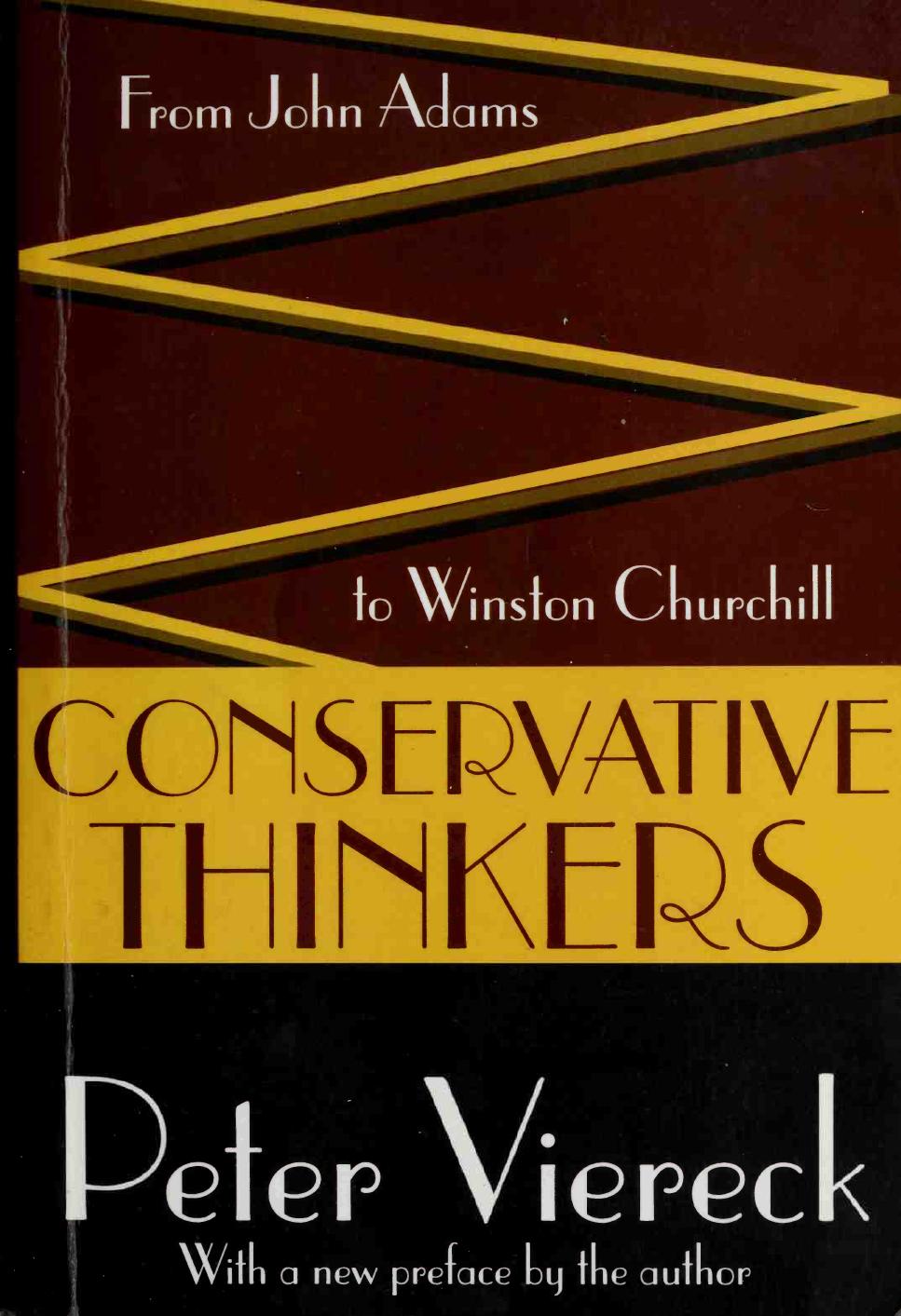

Most ebook files are in PDF format, so you can easily read them using various software such as Foxit Reader or directly on the Google Chrome browser.
Some ebook files are released by publishers in other formats such as .awz, .mobi, .epub, .fb2, etc. You may need to install specific software to read these formats on mobile/PC, such as Calibre.
Please read the tutorial at this link: https://ebookbell.com/faq
We offer FREE conversion to the popular formats you request; however, this may take some time. Therefore, right after payment, please email us, and we will try to provide the service as quickly as possible.
For some exceptional file formats or broken links (if any), please refrain from opening any disputes. Instead, email us first, and we will try to assist within a maximum of 6 hours.
EbookBell Team

0.0
0 reviewsAcross America today, conservatism is being hotly debated both across the political spectrum and within the conservative movement itself. Much of the public debate is without definition or historical context. This history of conservatism by renowned historian, social critic, and poet Peter Viereck aims to meet the need for a concise, balanced picture of conservative thought in all its different shadings and cultural contexts.
The analytical portion of the book provides a succinct but thorough critical overview of conservatism's most representative figures. Viereck begins with chapters defining conservatism itself, its special technical terms, and its changing historical circumstances. The rest deals with its actual thinkers and statesmen. After each main conservative thesis, the anti-conservative rebuttal is summarized, and the reader is allowed to reach his own conclusions. Though the first stress is on conservative political philosophy (from John Adams to Churchill), key sections also stress non-political conservatism: in religion (Cardinal Newman) and in the primarily cultural protest against material progress (Coleridge, Dostoyevsky, Melville, Henry Adams).
Every major point is concretely illustrated by an appended cross-reference to a primary source in the second half, a well-chosen anthology of key conservative documents. Criteria for inclusion are three, representativeness, depth of perception, importance of influence. The result is not uniformity but a gamut: from extreme intolerant reaction to an evolutionary moderate spirit. The former passes imperceptibly into authoritarianism; the latter, into liberalism.